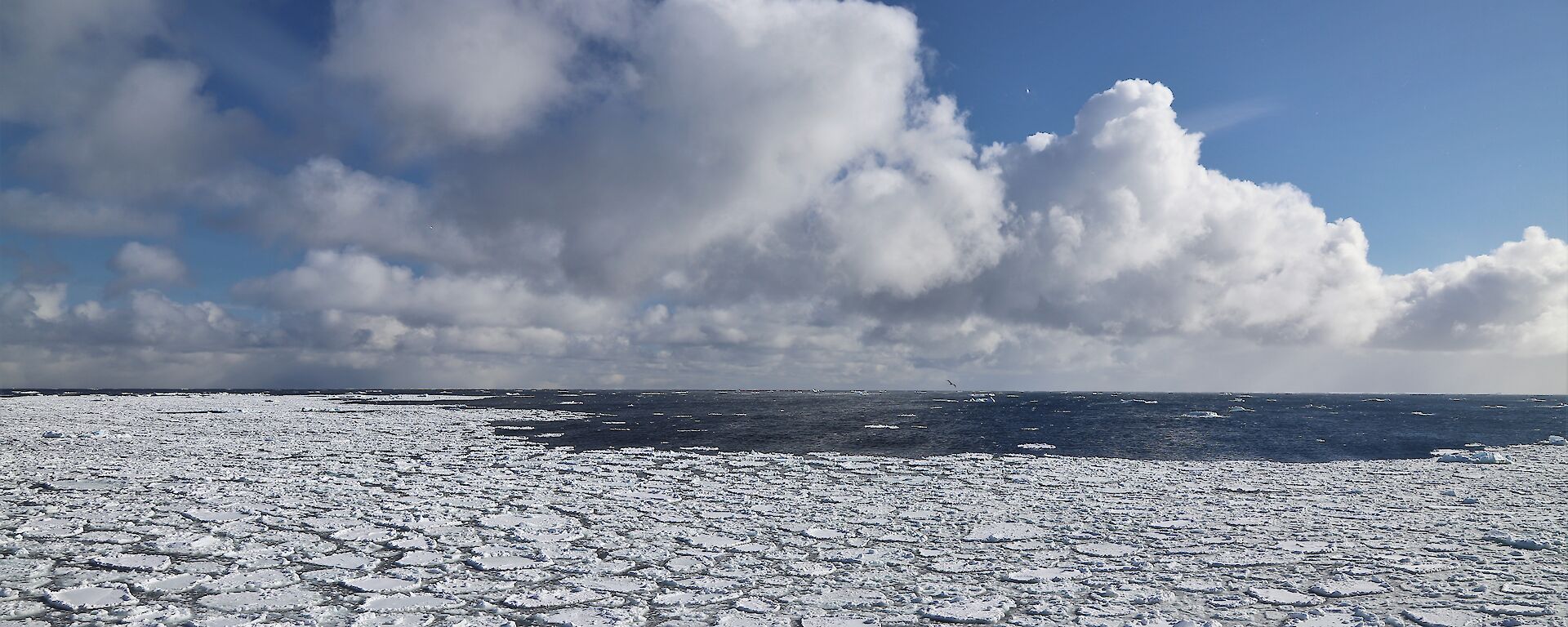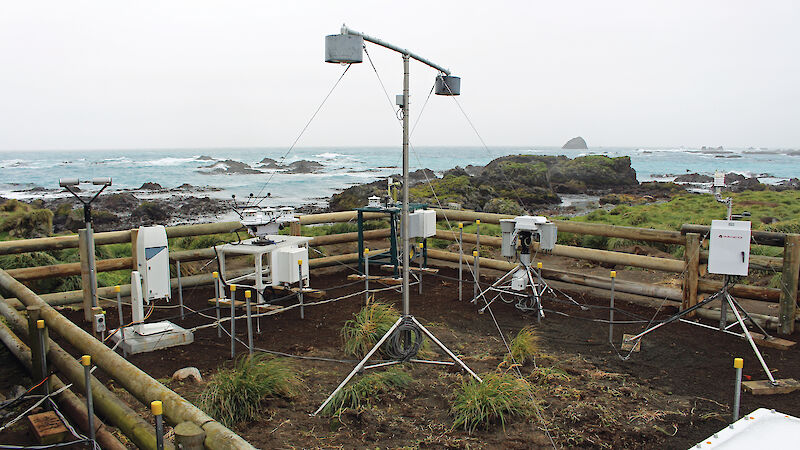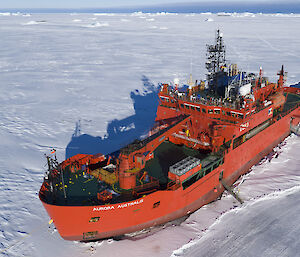The findings come after an international team conducted four major field campaigns between 2016 and 2018 to measure clouds, aerosols (fine particles), precipitation (rainfall and snowfall), and the state of the atmosphere over the Southern Ocean, from ships, aircraft and a sub-Antarctic island.
Australian Antarctic Division atmospheric scientist, Dr Simon Alexander, said the research produced the most comprehensive dataset of these atmospheric variables ever obtained over the Southern Ocean.
“Climate and weather forecasting models over the Southern Ocean need actual observations of clouds, aerosols, precipitation, and their interactions, to better simulate the correct amount of sunlight reaching the ocean surface,” he said.
“By flying through the clouds, and observing them from ship and land, their properties and interactions be much better understood.
“This research is helping to characterise how these atmospheric variables interact over the Southern Ocean, and how their interactions differ from those in the Northern Hemisphere.”
The observations were taken on board the icebreaker RSV Aurora Australis, the CSIRO research vessel Investigator, the United States’ NSF/NCAR Gulfstream V research aircraft, and from Macquarie Island.
They revealed that ‘supercooled liquid water’ clouds (clouds that exist as liquid at temperatures below freezing) occurred extensively across the ocean, often in multiple layers.
‘Freezing drizzle’ (drizzle at temperatures below freezing) was also recorded falling out of supercooled clouds close to the Antarctic coastline, persisting for a few hours.
Dr Alexander said the prevalence of supercooled clouds over the Southern Ocean could be explained by extremely low numbers of ice nucleating particles (INPs). These special type of aerosol can turn supercooled liquid water clouds into ice clouds.
“When these low measured INP aerosol concentrations were inserted into a high-resolution model simulation, we were able to reproduce many of the observed supercooled cloud layers, a result which was not previously possible,” he said.
The ubiquitous, low-level clouds were found to be responsible for much of the ‘radiation bias’ (the incorrect representation of sunlight and heat reaching the ocean surface) present in the Australian weather forecasting model, ACCESS.
Australian Antarctic Division atmospheric scientist Dr Andrew Klekociuk, who was also involved in the study, said the new data enables simulations to more closely replicate the observed radiation at the ocean surface.
“Using the observations from the field campaigns, we’re now able to test different forecast models,” Dr Klekociuk said.
“These advances will also help us better model a range of processes, including uptake of carbon dioxide by the ocean and the life cycle of sea ice.”
The biology of clouds
Intriguingly, Dr Alexander said the concurrent ship and aircraft observations also suggest that phytoplankton plays a role in cloud formation over the Southern Ocean, close to the Antarctic continent.
Clouds close to Antarctica are often brighter and have higher concentrations of cloud droplets than those present over the warmer mid-latitude Southern Ocean.
Cloud droplets form when water vapour condenses around small particles such as dust or aerosols.
“Ship-based instruments detected increased sulfate aerosols near the ocean surface, close to Antarctica, which likely originate from phytoplankton,” Dr Alexander said.
“These ‘biogenic’ aerosols are then likely uplifted and can ultimately go on to form cloud droplets.
“The increase in cloud droplet concentrations, if associated with these biogenic sulfate aerosols, would indicate a strong feedback between the seasonal cycle of sunlight, and cloud properties, in the high-latitude Southern Ocean.”
The findings prompt a long list of questions that scientists intend to address in future field campaigns, such as:
- How does the hypothesised biological effect on Southern Ocean cloud formation and cloud properties vary across seasons?
- How is this effect on cloud properties tied to the summertime phytoplankton blooms present near Antarctica?
- When in spring do biogenic aerosol emissions from phytoplankton begin to impact cloud and precipitation properties, and when in autumn does it cease?
The field campaigns involved scientists from the Australian Antarctic Division, the Bureau of Meteorology, CSIRO, numerous institutes in the United States and several Australian universities.
The science highlights are described in the Bulletin of the American Meteorological Society, with more detailed studies to follow shortly.





